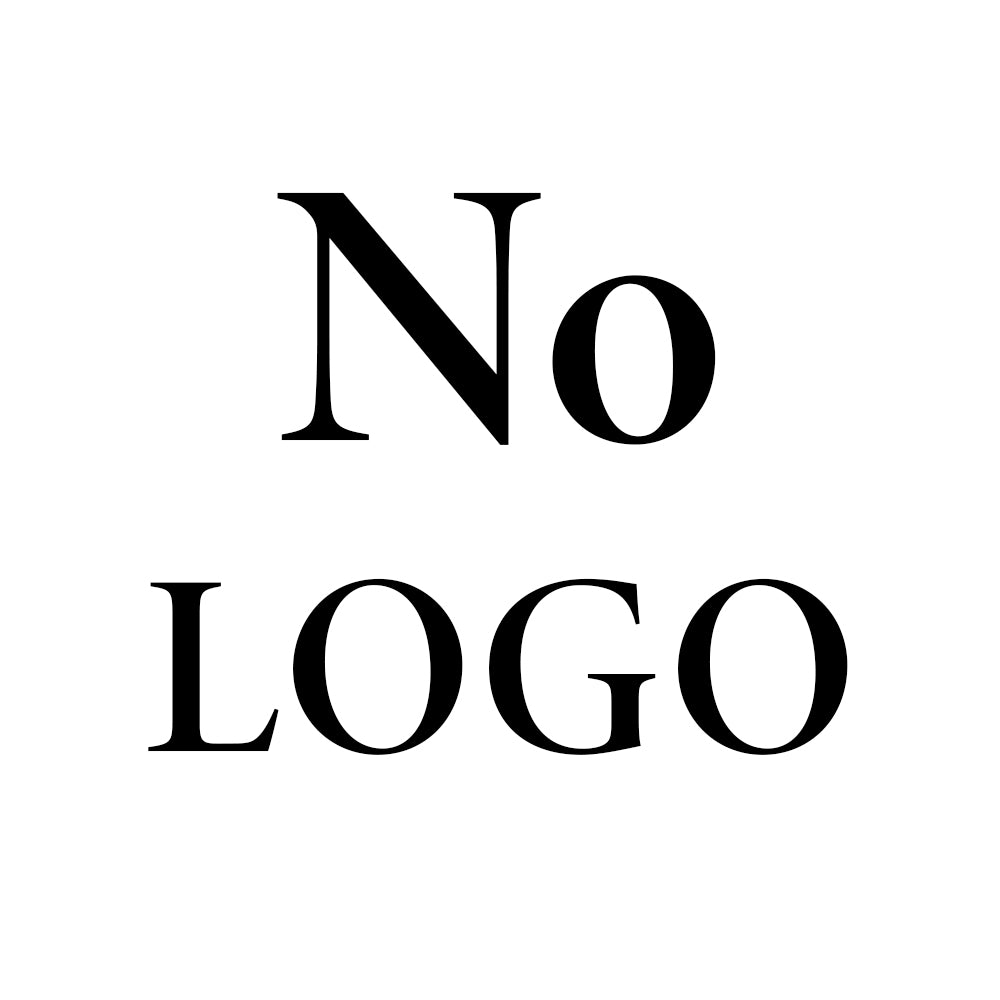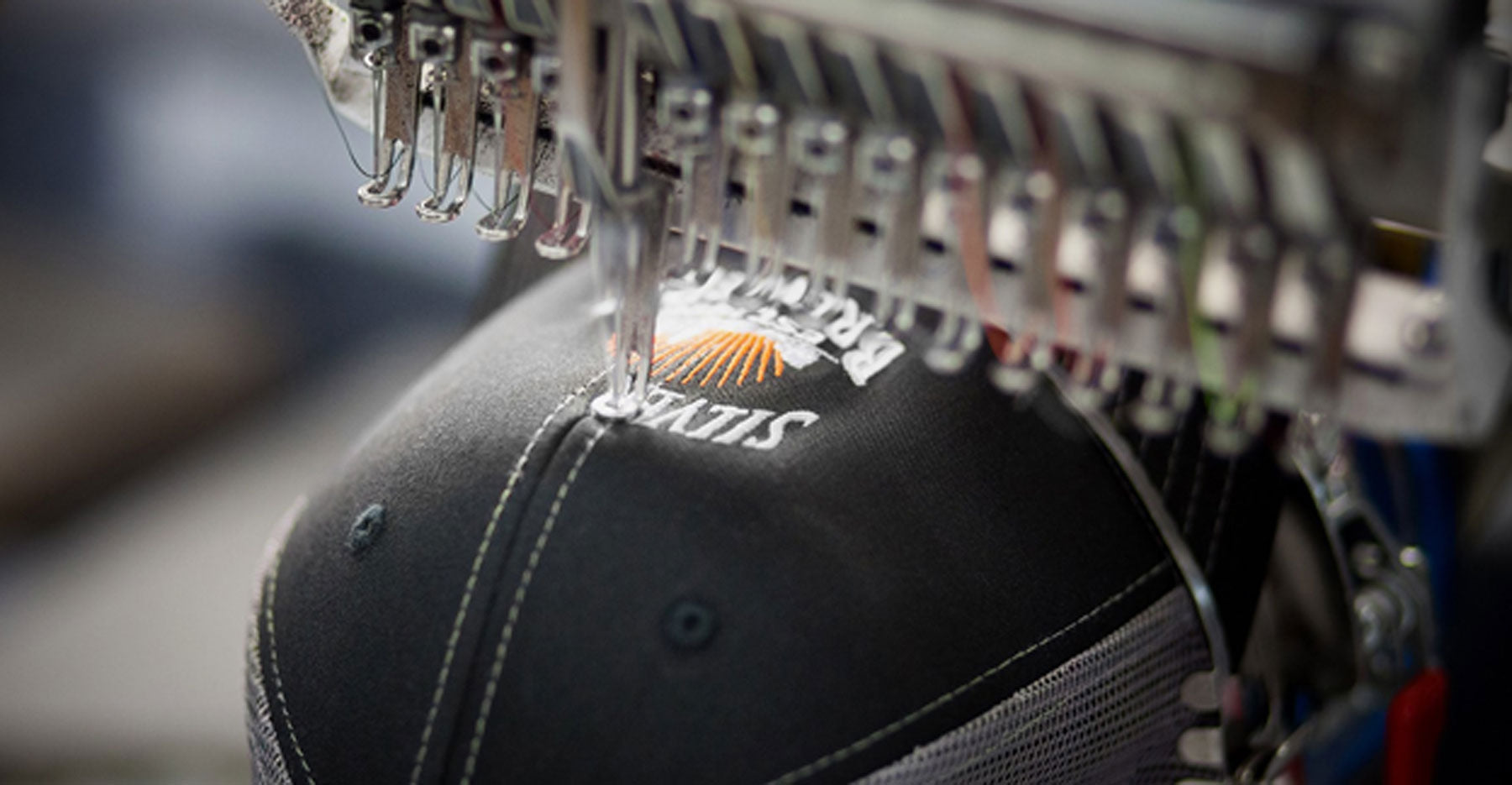One of the biggest challenges we face when working to embroider a logo on a polo shirt or cap or other piece of apparel is the fact that embroidery has its limitations. The physics of embroidery sometimes get in the way of being able to recreate a graphic logo in embroidery.
When compared to printing a logo on a piece of paper, which is what most people know, or even just having it on your computer screen, putting an embroidered logo onto a piece of material is a much more complicated process.
Best Fabrics for Machine Embroidery
The best fabrics for embroidery on a machine are usually fabrics with a tight weave. Fabrics like cotton, linen, silk, and wool are the best fabrics for embroidery. Fabrics with a tight weave are usually sturdier which makes it easier for decorative stitching without fraying.
In the same way, natural fabrics are often preferred by machine embroidery experts as the threads of natural fabrics run horizontally and vertically, allowing easy needle passage, rather than perforation and fraying of threads that can happen with synthetic fabrics.
Challenges in Embroidering Logos on Material
One challenge in the embroidery process centers on the material that will hold the embroidery. The material to be embroidered has a significant effect on the outcome of the image.
Paper, in general, is flat, with a smooth surface, and it is very stable and white. Because of that, it makes an outstanding surface onto which to print an image or logo. That’s why paper has been printed on for thousands of years.
Unfortunately, when we embroider a logo onto a shirt, hat or bag, rarely is the surface flat, smooth, stable or white. Having a good foundation for embroidery makes all the difference.
Material used to create a shirt or cap is woven from thread so it has dimension. In the case of pique golf polo shirts as well as other knits, the material often has a lot of dimension creating a surface that is not smooth which in turn affects the look of the embroidery.
A lot of material we embroider on is also not very stable in that is stretches in different directions. Pull a piece of paper and it tears. Pull the material of golf or t-shirt and it stretches. During the embroidery process when a needle is punching thousands of holes into the material at a high rate of speed, the material gets pushed and pulled a great deal in all directions which effects how well the embroidery looks.
Golf shirt and t-shirt material is some of the most stretchy, whereas woven button downs, sweatshirts, jackets and bag material are generally made of material that have less propensity to stretch. That’s one of the reasons we have to use a backing when we embroider. The backing is provides additional stability during the embroidery process and helps ensures a good looking embroidered logo.
We are able to compensate in the embroidery process for nearly all the variations that a particular material can present. On occasion, we run into that rare situation where the material forces to change something about the logo in order to get it to look good in embroidery. But we also work with the customer in those cases to make sure we don’t compromise the integrity of the image.


